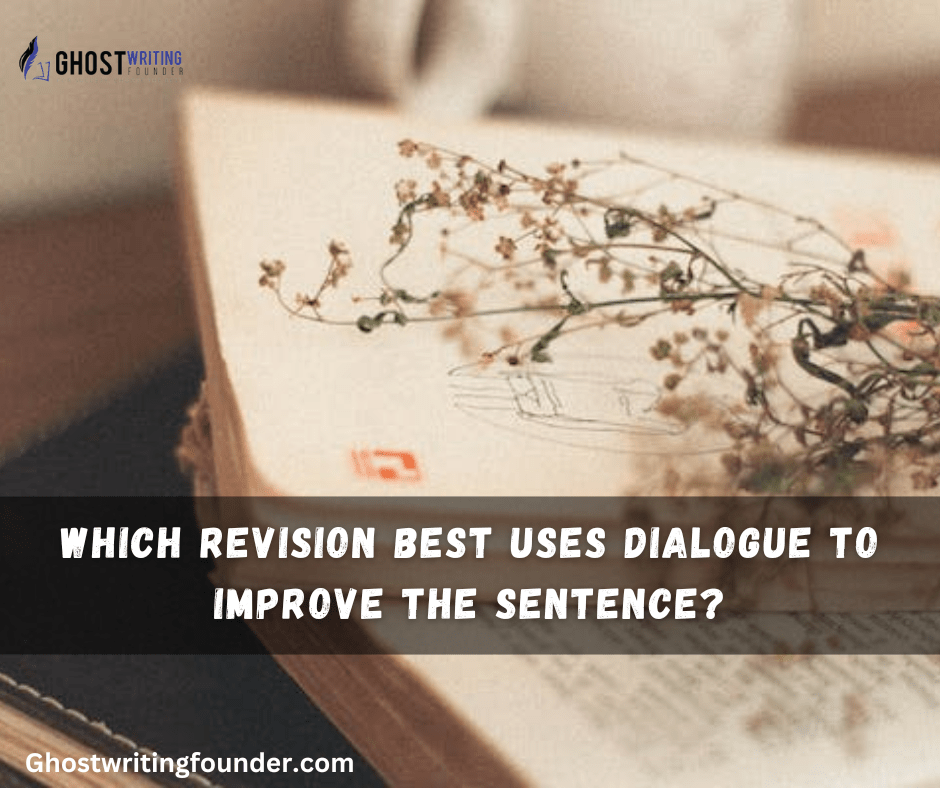
Book Writing
We all know the saying, “Don’t judge a book by its cover,” but the reality is that we do. The cover design is the first thing that catches our eye when we browse the shelves of a bookstore or scroll through an online catalog. Understanding the Important Elements Of Book Cover Design can be crucial in this process.
The book’s aesthetic cover is the first thing that catches our eye when we browse the shelves of a bookstore or scroll through an online catalog.
A well-designed cover can create a strong emotional connection with the reader, conveying the tone and mood of the book and giving a glimpse of what’s inside. For more on this, explore how Cover Design & Typesetting services can help.
With so many books published yearly, it’s important to make a strong first impression to attract potential readers. An eye-catching cover can attract readers and encourage them to explore the book further.
The Important Elements of Book Cover Design
A beautiful cover design can also make a book stand out in a crowded market.
At its core, reading is a visual experience. Our eyes take in the words on the page, and our brain turns those words into images and ideas. Therefore, a book’s aesthetic plays an important role in how we perceive and engage with the content.
1- Typography and Layout
The typography and layout of a book are also essential elements of its aesthetics, as detailed in our blog on Bookstagram Hashtags. The font selection, spacing, and alignment can affect the readability and overall feel of the book. A well-designed layout can create a sense of flow and guide the reader through the text, making it easier to follow the narrative.
2- The Impact of Font Choice
While the cover design is often the first thing we notice about a book, the font choice can also significantly impact our reading experience. A good font should be easy to read, aesthetically pleasing, and suited to the tone and genre of the book. Discover more about this in The Ultimate Guide to Effective Blog Design.
Serif fonts, such as Times New Roman, are commonly used in print books as they are considered more traditional and easier on the eyes. Sans-serif fonts, like Arial or Helvetica, are often used in digital books as they are easier to read on screens.
However, there is no one-size-fits-all approach to font choice for book writing. Some books benefit from a unique or unconventional font, while others may require a specific font to evoke a certain mood or tone.
3- Paper Quality and Texture
Beyond the cover design and font choice, the physical qualities of the book itself can also impact the reading experience. The paper’s weight, size, and texture can all contribute to how comfortable and enjoyable it is to hold and read the book. Learn more about the importance of these elements in Board Books Unwrapped.
For example, a heavy hardcover book with high-quality paper can feel luxurious and substantial, adding to the sense of value and importance of the content inside. Conversely, a lightweight paperback with thin, low-quality paper can feel cheap and disposable, detracting from the overall reading experience.
Texture can also play a role, with some readers preferring matte or textured paper over a glossy or smooth finish. Again, there is no right or wrong answer, as different readers will have different preferences based on their tastes and needs.
The Power of a Good Cover Design
When you think of your favorite books, what do they have in common? Chances are, at least some have a visually striking cover design that caught your eye and drew you in.
A book’s aesthetic design can communicate a book’s genre, tone, and content in a single image. For insights into creating compelling visuals, consider our Content Creation Services. It can create a sense of intrigue or anticipation, making the reader eager to dive into the pages. Conversely, a poor cover design can turn potential readers off, regardless of how well-written the book may be.
But what makes a good cover design? There are no hard and fast rules, as each book and audience is unique. However, some common elements of Ghostwriting Founder effective cover designs:
- Bold and eye-catching imagery
- A clear and legible title
- A font that suits the tone and genre of the book
- A cohesive color scheme
- A sense of mystery or intrigue
Dos and Don’ts of Creating Book Designs
Book design plays a crucial role in the success of a book. The cover, typography, layout, and images used in a book can influence a reader’s decision to buy or read it.
A well-designed book can grab the attention of potential readers and make a strong impression. On the other hand, poor book editing and design can turn readers away and harm the book’s chances of success. Here are some dos and don’ts to consider when creating book designs:
Dos:
Research the market and the target audience: Before starting the book design process, it’s essential to understand the market and target audience for the book. The design should appeal to the book’s target readership and be appropriate for the genre and style of the book.
Consider the genre and style of the book
The book aesthetic should match the book’s genre and style. For example, a romance novel would have a different design than a science fiction book.
Use high-quality images and typography
High-quality images and typography are essential for creating a professional-looking book. The images used should be relevant to the book’s content and theme, and the typography should be legible and complement the design.
Create a visually appealing cover
The cover is the first thing a potential reader sees, and it needs to make a strong impression. The cover design should be attention-grabbing, relevant to the book’s content, and visually appealing.
Ensure the design is easy to read
It should be easy to read, with legible typography, appropriate font sizes, and enough whitespace to avoid overcrowding.
Consider the printing and production process
The book aesthetic should be created with the printing and production process in mind to ensure that it can be easily and cost-effectively reproduced.
Don’ts:
Use low-quality images or clipart: Low-quality images can make a book look unprofessional and turn readers away. High-quality images and graphics should be used instead to create a professional-looking book.
Use fonts that are difficult to read
The typography used in the book should be legible and easy to read. Avoid using fonts that are difficult to read or do not complement the book’s content and theme.
Overcrowd the design
Overcrowding the book aesthetic with too many elements or text can make it look cluttered and confusing. Keep the design simple and easy to navigate.
Use overly complicated or confusing designs
Complicated or confusing designs can turn readers away and make it difficult for them to understand the book’s content. Keep the design straightforward and easy to understand.
Neglect the spine and back cover
The spine and back cover are essential parts of the book and should not be neglected in the design process. The spine should be easy to read and clearly show the book’s title and author, and the back cover should contain relevant information about the book.
Neglect to proofread and edit the design
Typos or errors in the book design can harm its success and make it look unprofessional. The book aesthetic should be thoroughly proofread and edited to ensure that it is error-free and meets professional standards.
10 Famous Books with Aesthetic Appeal
“The Great Gatsby” by F. Scott Fitzgerald – A classic novel that captures the glamour and excess of the 1920s.
“Pride and Prejudice” by Jane Austen – A timeless romantic novel set in Regency-era England. It is known for its witty dialogue and social commentary.
“The Picture of Dorian Gray” by Oscar Wilde – A Gothic novel that explores the corrupting influence of beauty and pleasure.
“To Kill a Mockingbird” by Harper Lee – A Pulitzer Prize-winning novel that addresses racial injustice and social inequality in the American South.
“The Catcher in the Rye” by J.D. Salinger – A coming-of-age novel that explores themes of alienation, identity, and adolescent rebellion.
“Wuthering Heights” by Emily Bronte – A dark, brooding novel set on the Yorkshire moors that explores themes of love, revenge, and the destructive power of passion.
“The Lord of the Rings” by J.R.R. Tolkien – A classic epic fantasy novel that transports readers to a vividly imagined world of magic, adventure, and heroism.
“The Bell Jar” by Sylvia Plath – A semi-autobiographical novel that explores the themes of mental illness, identity, and the struggles of women in mid-20th century America.
“One Hundred Years of Solitude” by Gabriel Garcia Marquez – A magical realist novel that tells the story of seven generations of the Buendia family in the fictional town of Macondo.
“The Hitchhiker’s Guide to the Galaxy” by Douglas Adams – A hilarious sci-fi novel that pokes fun at the conventions of the genre while exploring philosophical themes such as the meaning of life.
Essential Elements and Detailed Insights
| Design Element | Impact on Reader Experience | Key Considerations |
|---|---|---|
| Cover Aesthetics | First impression and emotional connection. | Ensure the cover reflects the book’s tone and mood, and stands out in a crowded market. |
| Typography and Layout | Affects readability and feel of the book. | Choose appropriate fonts and layout for ease of reading and narrative flow. |
| Font Choice | Influences reader’s perception and experience. | Select fonts that are legible, match the book’s genre, and enhance the content’s tone. |
| Paper Quality and Texture | Contributes to the physical reading experience. | Consider weight, size, and texture of the paper to add value and comfort. |
| Visual Impact | Communicates genre, tone, and content at a glance. | Use bold imagery, legible titles, cohesive color schemes, and elements of intrigue. |
| Design Dos and Don’ts | Determines the book’s market appeal and readability. | Balance market research, genre appropriateness, and quality visuals with readability and simplicity. |
Final Verdict
Of course, there are exceptions to every rule. Some books succeed with minimalist or abstract cover designs, while others benefit from a more traditional or literal approach. The key is to create a cover that captures the book’s essence and appeals to its target audience.









Leave a Reply